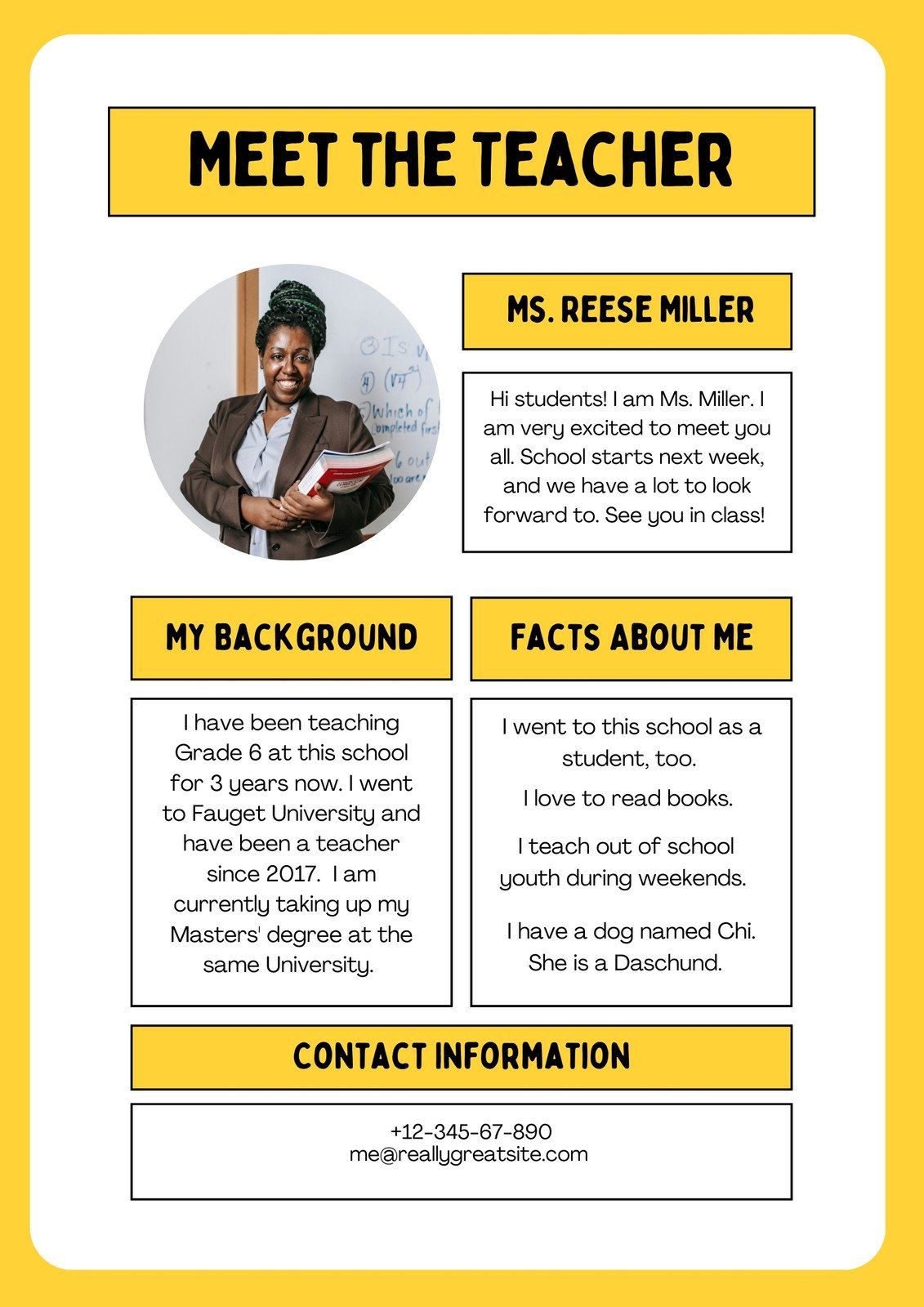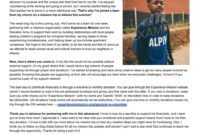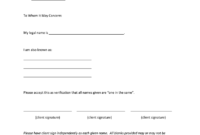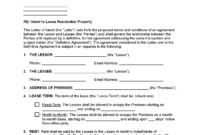The start of a new school year is always a mix of excitement and a little bit of nerves, for students, parents, and teachers alike. It is a fresh beginning, full of potential and new connections waiting to be made. As educators, one of the most powerful tools we have to set a positive tone right from the get-go is a warm and welcoming introduction to our classroom community.
This initial greeting acts as a bridge, helping to ease those first-day jitters and build a foundation of trust and open communication. It is your chance to share a piece of yourself, your teaching philosophy, and what families can look forward to in the coming months. A well-crafted letter can transform an unknown name into a friendly face, making everyone feel more comfortable and engaged even before the first bell rings.
Crafting Your Perfect Meet The Teacher Letter
Sending out a meet the teacher letter is more than just a formality, it is an essential first impression. This initial communication sets the stage for the entire academic year, establishing your voice, your classroom’s personality, and your dedication to your students. It is an opportunity to introduce yourself in a way that is both professional and authentically you, helping parents and students feel connected and reassured about the learning journey ahead. Think of it as your classroom’s welcome mat, extended through words.
The goal is to create a letter that is informative, inviting, and memorable. It should provide key details while also conveying your passion for teaching and your commitment to fostering a supportive learning environment. A strong meet the teacher letter template ensures you cover all the important bases without missing a beat, allowing you to focus on tailoring the personal touches that truly make it shine. It is about balancing the necessary information with a genuine human connection.
Key Components to Include
- A warm and friendly greeting that immediately welcomes families.
- A brief personal introduction, sharing a little about yourself, your hobbies, or what inspired you to become a teacher.
- An overview of your teaching philosophy and what students can expect to learn and experience in your classroom.
- Practical information regarding classroom procedures, supply lists, and how you will communicate throughout the year.
- An invitation for parents to partner with you in their child’s education, emphasizing open lines of communication.
Beyond these core elements, consider adding a fun fact about yourself or a lighthearted anecdote. These small, personal touches can make you seem more approachable and relatable, especially to your new students. It helps to break down barriers and build rapport from day one. Remember, you are not just a teacher, you are a guide, a mentor, and often, a source of inspiration.

Finally, clearly outline how parents can best reach you for questions or concerns. Providing preferred contact methods and response times demonstrates your professionalism and commitment to clear communication. A well-organized and thoughtful meet the teacher letter template effectively conveys all of this, setting the stage for a collaborative and successful year for everyone involved.
Beyond the Letter: Ensuring a Great Start to the School Year
While your meet the teacher letter serves as a fantastic initial outreach, the effort to create a welcoming classroom experience extends far beyond the written word. The actual “meet the teacher” event, whether it is an open house or the very first day of school, is where these initial connections solidify. How you present yourself and your classroom during these moments can greatly enhance the positive impression you have already started to build. It is about translating the warmth of your letter into a tangible, inviting atmosphere.
Consider the physical environment of your classroom. A well-organized, clean, and decorated space can speak volumes about your preparedness and enthusiasm. Simple touches like a bulletin board featuring student names, a cozy reading nook, or clearly labeled stations can make students feel more at ease and excited about their new learning space. These visual cues reinforce the welcoming message conveyed in your letter.
Here are some practical tips to make the first encounter a success:
- Greet each student and parent individually with a smile and introduction.
- Have a simple activity ready for students to engage with upon arrival, like drawing a picture or filling out a “get to know me” sheet.
- Prepare a short presentation or handout outlining key information that might not fit into the letter, such as daily schedules or special class projects.
- Be available to answer questions and listen to any concerns parents might have, demonstrating your approachability.
Establishing clear routines and expectations from day one also helps students feel secure and understand what is expected of them. Discussing these openly, with patience and a positive demeanor, fosters a sense of order and fairness in the classroom. This proactive approach helps to minimize disruptions and maximize learning time throughout the year.
Ultimately, a truly successful start to the school year is built on consistent positive communication and a genuine effort to connect with every student and their family. The foundation you lay with your thoughtful letter and subsequent interactions will foster a supportive and engaging learning environment, paving the way for a year filled with growth and achievement.
That initial connection you forge with students and their families is invaluable. It builds a foundation of trust and partnership, crucial for navigating the opportunities and challenges of the school year ahead. A thoughtful introduction can significantly reduce anxiety for everyone, allowing students to settle in more quickly and parents to feel confident in their child’s educational setting.
By taking the time to introduce yourself warmly and clearly, you are not just ticking off an item on your back-to-school checklist. You are actively cultivating a supportive community where every child feels seen, valued, and ready to learn. This proactive outreach sets the stage for a collaborative and successful journey, ensuring that the entire school year begins on the strongest possible note.



